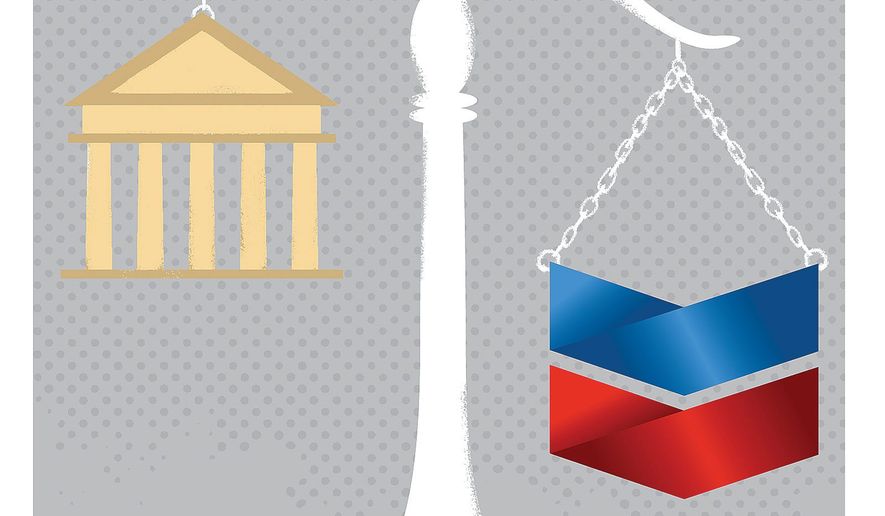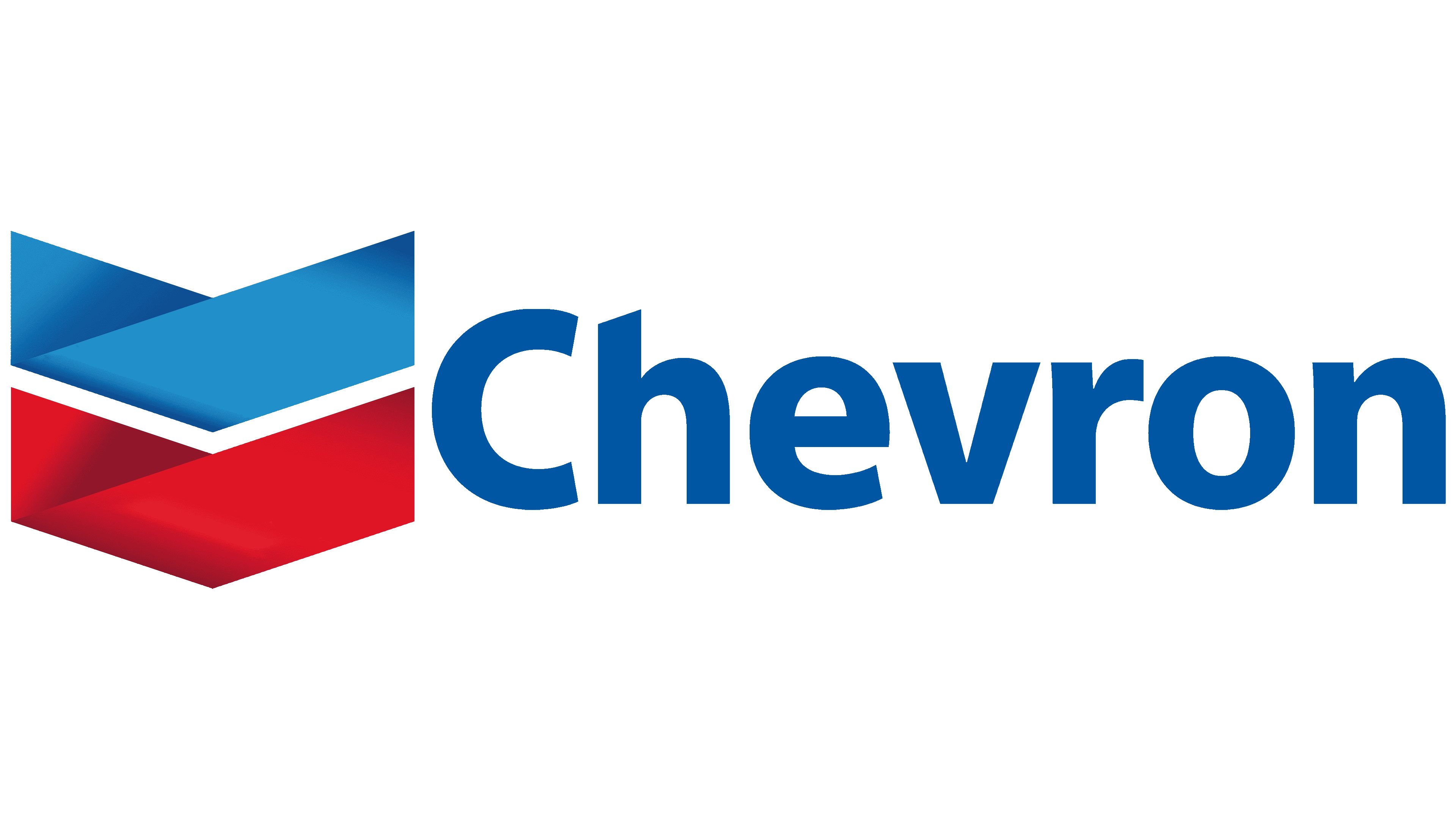Chevron Ruling Overview
The Chevron Ruling is a landmark Supreme Court decision that established the principle of judicial deference to agency interpretations of ambiguous statutes. This means that courts will generally uphold an agency’s interpretation of a statute if it is reasonable, even if the court would have interpreted the statute differently.
Chevron ruling, a doctrine that gave deference to federal agencies’ interpretations of ambiguous statutes, has been overturned by the Supreme Court in a landmark decision. scotus overturns chevron This ruling has significant implications for the balance of power between the courts and the executive branch, and it is likely to have a major impact on the way that agencies implement and enforce the law.
The Chevron ruling has been a subject of debate for many years, and its overturning is a major victory for those who believe that the courts should have the final say on the meaning of the law.
The Chevron Ruling was issued in 1984 in the case Chevron U.S.A., Inc. v. Natural Resources Defense Council, Inc. (NRDC). In this case, the NRDC challenged the Environmental Protection Agency’s (EPA) interpretation of the Clean Air Act. The EPA had interpreted the Act to allow states to set their own air quality standards, even if those standards were stricter than the federal standards. The NRDC argued that the EPA’s interpretation was unreasonable and that the Act only allowed states to set standards that were less strict than the federal standards.
The Chevron ruling established a framework for courts to defer to agency interpretations of ambiguous statutes, giving agencies broad authority in implementing laws. However, in recent years, the Supreme Court has taken a more skeptical approach to Chevron deference, as exemplified in the Grants Pass Supreme Court case.
This shift reflects concerns about the potential for agencies to overreach and undermines the role of the judiciary in interpreting laws.
The Supreme Court ruled in favor of the EPA, holding that the EPA’s interpretation of the Act was reasonable. The Court found that the Act was ambiguous on the issue of whether states could set stricter standards, and that the EPA’s interpretation was a permissible construction of the statute. The Court also noted that the EPA had expertise in the area of air quality regulation, and that its interpretation of the Act was entitled to deference.
The Chevron ruling, which defers to an agency’s interpretation of a statute when it is reasonable, has been subject to scrutiny in recent years. Critics argue that it undermines the principle of stare decisis , which requires courts to follow precedent.
However, proponents of the Chevron ruling maintain that it provides necessary flexibility in interpreting complex statutes, particularly in areas of specialized expertise. Despite the ongoing debate, the Chevron ruling remains an important tool for courts in navigating the interplay between the judiciary and administrative agencies.
The Chevron Ruling has been applied in numerous subsequent cases. In general, courts have been reluctant to overturn agency interpretations of statutes unless the interpretations are clearly unreasonable.
Key Events Leading Up to the Ruling
- 1970: The Clean Air Act is passed.
- 1971: The EPA is created.
- 1979: The NRDC files a lawsuit challenging the EPA’s interpretation of the Clean Air Act.
- 1984: The Supreme Court issues the Chevron Ruling.
Examples of How the Chevron Ruling Has Been Applied in Subsequent Cases
- In Auer v. Robbins (1997), the Supreme Court held that the Department of Labor’s interpretation of the Fair Labor Standards Act was entitled to deference, even though the Court would have interpreted the statute differently.
- In United States v. Mead Corp. (2001), the Supreme Court held that the EPA’s interpretation of the Clean Water Act was entitled to deference, even though the Court would have interpreted the statute differently.
- In Michigan v. EPA (2015), the Supreme Court held that the EPA’s interpretation of the Clean Air Act was not entitled to deference because it was unreasonable.
Chevron Ruling and Judicial Deference

Judicial deference is a doctrine that requires courts to give deference to the interpretations of administrative agencies when they are interpreting the statutes that they are charged with administering. The Chevron ruling, issued by the Supreme Court in 1984, established a two-step test for determining the level of deference that courts should give to agency interpretations.
Under the first step of the Chevron test, courts must determine whether Congress has spoken clearly on the issue at hand. If Congress has spoken clearly, then the court must follow the plain meaning of the statute. However, if Congress has not spoken clearly, then the court must proceed to the second step of the test.
Under the second step of the Chevron test, courts must determine whether the agency’s interpretation of the statute is reasonable. In making this determination, courts will consider a number of factors, including:
- The agency’s expertise in the area
- The consistency of the agency’s interpretation with the statute’s purpose
- The agency’s reliance on precedent
- The impact of the agency’s interpretation on the regulated industry
If the court finds that the agency’s interpretation is reasonable, then the court must defer to the agency’s interpretation. However, if the court finds that the agency’s interpretation is not reasonable, then the court may strike down the agency’s interpretation.
Examples of Cases Where Courts Have Applied Different Levels of Deference
In Chevron U.S.A., Inc. v. Natural Resources Defense Council, Inc., the Supreme Court held that the Environmental Protection Agency’s (EPA) interpretation of the Clean Air Act was reasonable. The Court found that Congress had not spoken clearly on the issue at hand and that the EPA’s interpretation was consistent with the statute’s purpose and the EPA’s expertise in the area.
In United States v. Mead Corp., the Supreme Court held that the Department of Justice’s (DOJ) interpretation of the False Claims Act was not reasonable. The Court found that Congress had spoken clearly on the issue at hand and that the DOJ’s interpretation was inconsistent with the statute’s purpose.
Chevron Ruling and Environmental Law

The Chevron ruling has had a significant impact on environmental law, as it has shifted the balance of power between the courts and agencies in the interpretation of environmental statutes. Prior to Chevron, courts were more likely to defer to agency interpretations of statutes, but after Chevron, courts are required to give great deference to agency interpretations that are reasonable.
This has led to a number of cases where the Chevron ruling has been used to support environmental regulations. For example, in Massachusetts v. EPA, the Supreme Court held that the EPA’s interpretation of the Clean Air Act was entitled to deference, even though the court disagreed with the EPA’s interpretation. The Court found that the EPA’s interpretation was reasonable and that it was consistent with the statute’s purpose.
The Chevron ruling has also been used to challenge environmental regulations. For example, in Utility Air Regulatory Group v. EPA, the Supreme Court held that the EPA’s interpretation of the Clean Air Act was not entitled to deference because it was not reasonable. The Court found that the EPA’s interpretation was based on a strained reading of the statute and that it was not consistent with the statute’s purpose.
The Chevron ruling has had a significant impact on environmental law, and it is likely to continue to be a major factor in the interpretation of environmental statutes for years to come.
The Chevron ruling has also affected the way that courts interpret environmental statutes. Prior to Chevron, courts were more likely to interpret environmental statutes narrowly, in order to avoid giving agencies too much power. However, after Chevron, courts are more likely to interpret environmental statutes broadly, in order to give agencies the flexibility they need to regulate environmental issues effectively.
This has led to a number of cases where the Chevron ruling has been used to support environmental regulations. For example, in Whitman v. American Trucking Associations, the Supreme Court held that the EPA’s interpretation of the Clean Air Act was entitled to deference, even though the court disagreed with the EPA’s interpretation. The Court found that the EPA’s interpretation was reasonable and that it was consistent with the statute’s purpose.
The Chevron ruling has also been used to challenge environmental regulations. For example, in Solid Waste Agency of Northern Cook County v. U.S. Army Corps of Engineers, the Supreme Court held that the Corps of Engineers’ interpretation of the Clean Water Act was not entitled to deference because it was not reasonable. The Court found that the Corps of Engineers’ interpretation was based on a strained reading of the statute and that it was not consistent with the statute’s purpose.
The Chevron ruling has had a significant impact on the way that courts interpret environmental statutes, and it is likely to continue to be a major factor in the interpretation of environmental statutes for years to come.
The chevron ruling is a legal doctrine that gives great deference to interpretations of law made by agencies with specialized expertise. This doctrine was established by the Supreme Court in the 1984 case Chevron U.S.A., Inc. v. Natural Resources Defense Council, Inc.
The chevron ruling has been controversial, with some arguing that it gives too much power to agencies and others arguing that it is necessary to ensure that agencies can effectively implement their statutory mandates. To learn more about the chevron ruling, please visit chevron ruling.
The chevron ruling, a common technique used in weaving, is characterized by its V-shaped pattern. While it shares similarities with the classic tartan pattern , the chevron ruling typically features a single color or a limited color palette. This technique adds a subtle yet distinctive touch to fabrics, creating a timeless and elegant look that complements various interior design styles.
